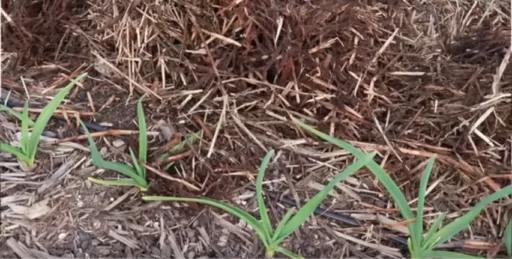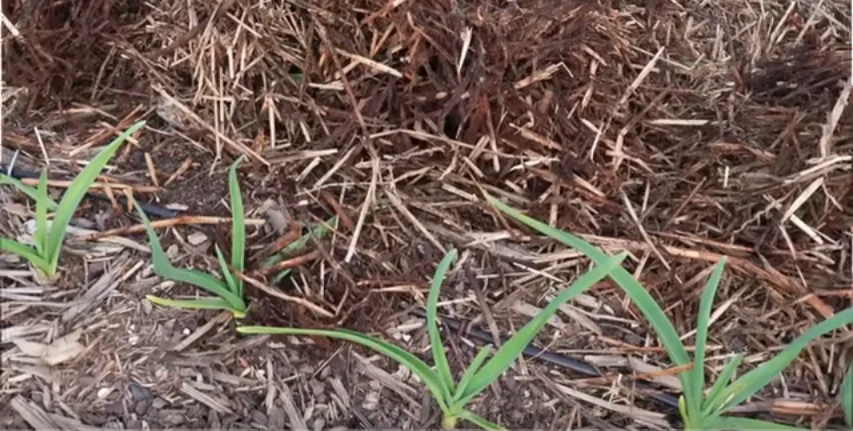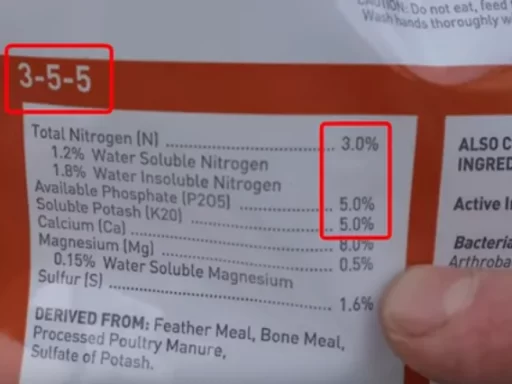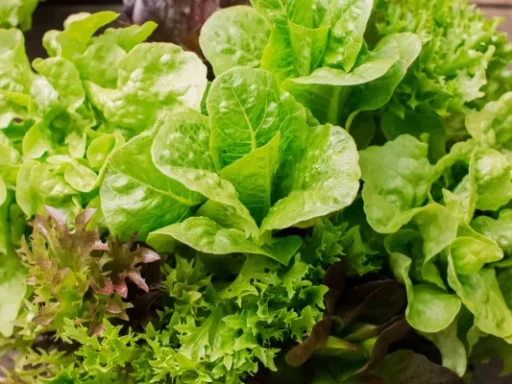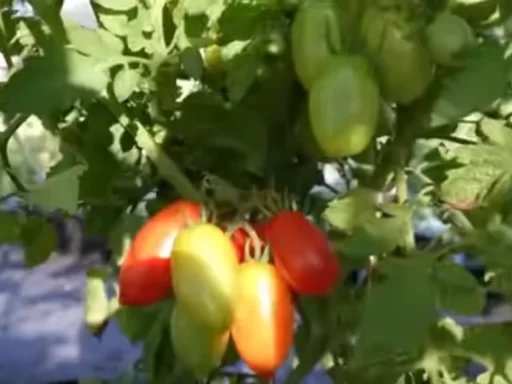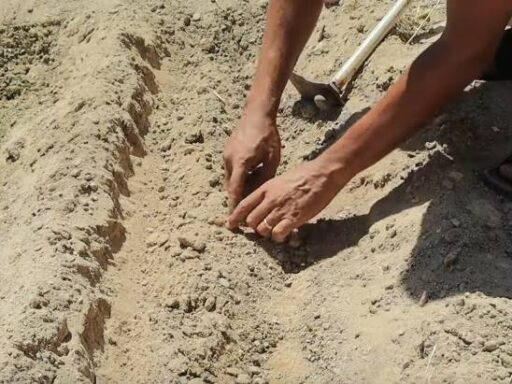As summer comes to an end, many of us begin dreaming of cooler fall temperatures and winter gardening possibilities. If you’re looking for easy, low-maintenance crops to plant as the season shifts, there are several vegetables that can thrive with minimal attention. In this article, we’ll explore five of the easiest cold-hardy veggies that you can plant in the fall and let grow throughout the winter. These vegetables require very little care, making them perfect for those who want a garden without constant upkeep.
1. Garlic: The Easiest Winter Vegetable
Garlic is one of the easiest vegetables to grow in the fall and winter, even in the coldest climates. It requires minimal effort, making it a favorite for winter gardeners. To plant garlic, all you need to do is dig a hole, place your garlic cloves inside, add some fertilizer, mulch, and water. After that, you can mostly leave the garlic to accumulate chill hours over the winter.
Garlic undergoes a process called “vernalization,” which means it requires a certain number of hours below 40°F to grow properly. There are two types of garlic: softneck and hardneck. Softneck garlic needs fewer chill hours and is suitable for zones 5 through 10, while hardneck garlic requires more chill and can thrive in zones 3 through 8.
If you live in a warmer zone like 8B, it’s important to plant garlic at the end of October when the temperatures begin to cool down. This helps prevent early sprouting. Throughout the winter, you may only need to water the garlic during dry spells. By spring, your garlic will begin to grow green tops and continue developing.
2. Leeks: A Low-Maintenance Vegetable
Leeks are another easy-to-grow vegetable, perfect for planting in the fall. Unlike garlic and onions, leeks are harvested for their greens rather than their bulbs. This makes them day-length neutral, meaning they can be grown year-round. There are leek varieties for both summer and winter, making them incredibly versatile.
For gardeners in zones 7 or warmer, leeks such as King Richard and Giant Musselburgh are ideal choices. These varieties can tolerate cold temperatures down to 10°F. If you live in a colder zone, you can grow winter-hardy varieties like Bandit or Bleu de Solaize, which can withstand below-zero temperatures.
To grow leeks successfully, it’s essential to plant them early in the fall. This allows them to mature before the coldest months arrive. Once mature, leeks will “stall” in the cold, acting like a refrigerator in your garden. You can then harvest them throughout the winter.
3. Bunching Onions: Green Onions for Every Season
Bunching onions, also known as green or spring onions, are an excellent cold-hardy vegetable. Like leeks, they are harvested for their green tops rather than bulbs. Bunching onions are easy to grow and can handle cold temperatures, especially if you choose the right varieties.
In warmer zones like 8, you can grow any variety of bunching onion, such as Scarlet Bandit. This variety tolerates both heat and cold, making it a year-round favorite. For colder zones, opt for varieties like Evergreen Long White or Ramrod, which can survive temperatures below 10°F, even under snowpack.
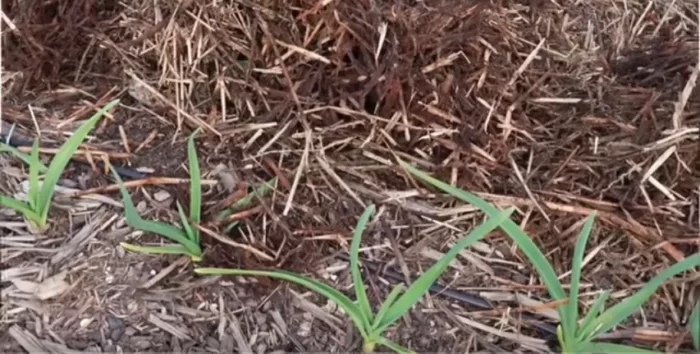
The key to growing bunching onions in colder climates is timing. Start the seeds indoors in late summer, transplant them outside in early fall, and let them mature before winter sets in. Once they’re mature, you can harvest the green tops throughout the winter with minimal effort.
4. Carrots: The Winter Sweet Treat
Carrots are a must-grow winter vegetable because they become sweeter as temperatures drop. This is due to the fact that their sugar content increases in colder weather, making winter-harvested carrots exceptionally flavorful. They are also incredibly cold-hardy, with some varieties able to withstand temperatures down to 0°F.
If you live in a cold climate, choose carrot varieties like Nantes or Merida, which are bred to tolerate freezing soil. Just like with leeks and bunching onions, plant your carrots in late summer or early fall to allow them to mature before winter. Once mature, they can remain in the ground, protected by the cold, and you can harvest them as needed.
5. Collards: The Hardiest Winter Green
Collards are the king of winter greens, more cold-hardy than even kale. They thrive in colder temperatures and can grow throughout the winter. While collards do require a bit more care than the other vegetables on this list, they are still relatively easy to manage.
Collards can tolerate freezing temperatures, but it’s important to mulch them well if you live in a particularly cold climate. They’re perfect for adding fresh, nutritious greens to your winter meals.
Frequently Asked Questions
- When is the best time to plant garlic for winter gardening?
The best time to plant garlic is in late October when temperatures start to cool, preventing early sprouting. - Can leeks survive extreme cold temperatures?
Yes, winter-hardy leek varieties like Bandit can survive below-zero temperatures, even under snowpack. - How do I grow carrots in cold climates?
Plant carrots in late summer or early fall to allow them to mature before winter. Once mature, they can survive in freezing soil. - What are the easiest vegetables to grow in winter?
Garlic, leeks, bunching onions, carrots, and collards are some of the easiest cold-hardy vegetables to grow with minimal effort. - Do I need to water garlic during winter?
In warmer zones, you may need to water garlic during dry spells to prevent the soil from drying out completely. - What is the difference between softneck and hardneck garlic?
Softneck garlic needs fewer chill hours and is better for warmer zones, while hardneck garlic requires more chill hours and thrives in colder zones. - Can collards survive freezing temperatures?
Yes, collards are extremely cold-hardy and can tolerate freezing temperatures, making them an excellent winter green.

